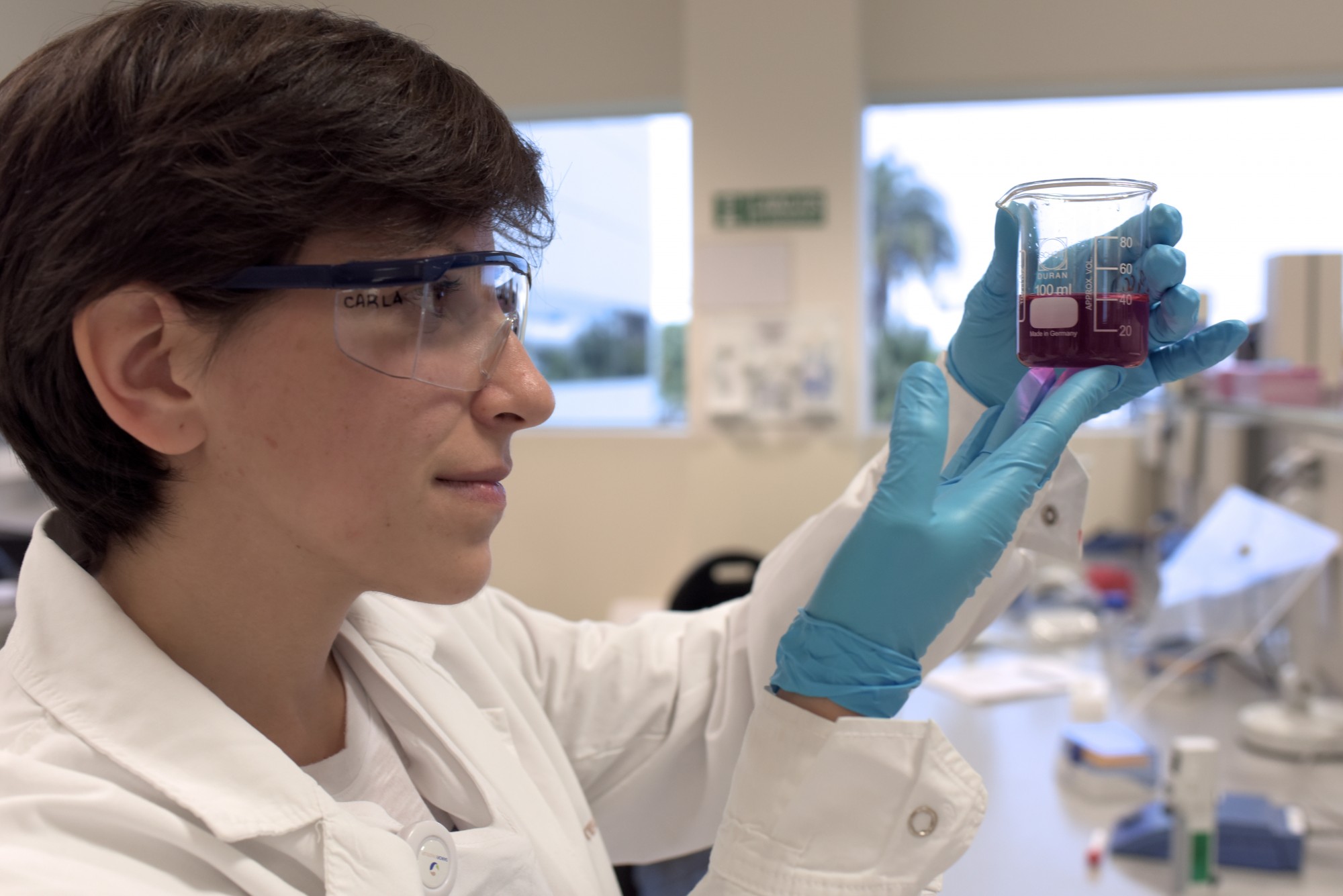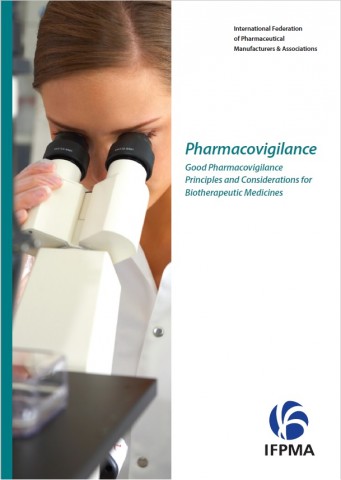
Strengthening
Regulatory Systems
Biosimilars
Roche-Forscher im Labor für Genom-Sequenzierung
Biosimilars
As more and more biosimilars start hitting the market, we remain committed to support science-based regulatory frameworks for biosimilars to ensure patients’ safety.
The regulatory challenges to approve biosimilars:
- Biosimilar has to run clinical trials to prove the outcome matches that of the biologic it’s imitating, in terms of safety and effectiveness;
- Existing regulatory approval pathways for generic medicines do not apply to biosimilars due to their complexity; and
- Specialized testing is required to ensure the safety of biosimilar medicines.



 Similar Biotherapeutic Products or biosimilars are “biotherapeutic products which are similar in terms of quality, safety, and efficacy to already licensed reference biotherapeutic products” . It is important to note that using terms “biogenerics” or “generic biologicals” for biosimilar medicines is incorrect simply because it isn’t possible to directly recreate the same molecule.
Similar Biotherapeutic Products or biosimilars are “biotherapeutic products which are similar in terms of quality, safety, and efficacy to already licensed reference biotherapeutic products” . It is important to note that using terms “biogenerics” or “generic biologicals” for biosimilar medicines is incorrect simply because it isn’t possible to directly recreate the same molecule.
Expiration of patents for original biotherapeutics creates an opportunity for biosimilars to enter the market. Many characteristics of biotherapeutic medicines are unique to and dependent on a specific manufacturing process. This is why biosimilar products are not identical copies. Similarity between a biosimilar and its reference biotherapeutic product should be evaluated in all respects (quality, safety, and efficacy). The differences between the reference product and the intended copy must be understood, quantified, and sufficiently studied before a product achieves marketing authorization as a “biosimilar”. Copies of biotherapeutic medicines that have not undergone head-to-head comparisons with an appropriate reference product put patient safety at risk and should not be licensed via biosimilar pathways.
In 2006, the European Medicines Agency was one of the first regulatory authorities to develop guidelines and create standards for licensing biosimilars. They were closely followed by Malaysia in 2008 and Canada in 2010. Many other national authorities are currently investigating the development of national regulatory pathways for biosimilar registration.
The World Health Organization (WHO) published its “Guidelines for the evaluation of similar biotherapeutic products (SBPs)” in 2009. The purpose of this guideline is to provide an international norm for evaluating biosimilars with a high degree of similarity with an already licenced, reference biotherapeutic medicine. The implementation of this guideline is an ongoing process in many countries, and we are committed to working with all stakeholders to support science-based legal and regulatory frameworks at the national level.
“If creating a generic drug is like designing a tricycle, then a biosimilar is like building a spaceship, in terms of complexity and size,” says Asthika Goonewardene, a senior healthcare analyst with Bloomberg Intelligence.
642
biosimilar medicines are in the pipeline for cancer and autoimmune diseases
USD 40 - 250 million
cost of developing a biosimilar
USD 55 billion
estimated global market value for biosimilars market in 2020

















